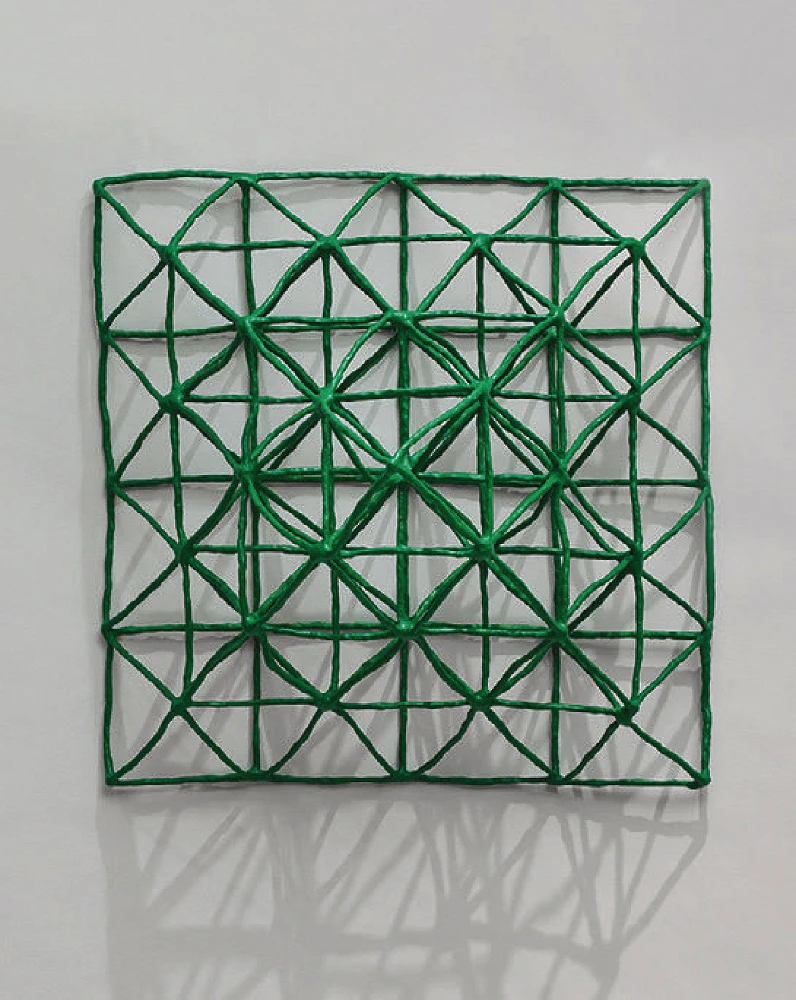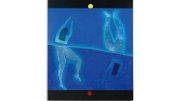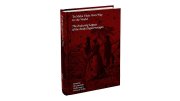Maine-based art can sometimes exhibit tired tropes: lobster buoys piled on a wharf; sailboats dotting a sunny harbor; pine trees and craggy rocks along the ocean. There’s none of that, though, in As We Are. This show of works by 14 emerging Maine artists at the Portland Museum of Art (through April 27) offers paintings, photographs, and sculptures brimming with vitality that help re-envision Maine—the land, culture, and people—as a contemporary creative wellspring.


Take Holden Willard’s radiant The Bathers (When We Were Kids). The large oil painting shows three young men (based on high school friends) ankle-deep in pristine waters near the base of Mount Katahdin. It speaks to freedom, innocence, and primacy of youth, amid natural beauty intensely rendered in surreal tones. In Maya Tihtiyas Attean’s black-and-white photograph Becoming a ghost of myself, a figure also wades, or more likely melts, into water, heading away from roped buoys and a metal bench that embody anchoring aspects of life on land. “Using nature as a catalyst,” Attean says of her art, creates “a world with narratives of the otherworldly within.” These young creators are rooted in American modernism, eager to reflect their culture today. “They bring abstraction to the idea of Maine and a sense of place, which is a little bit of the flipping of the narrative,” museum director of marketing and communications Marcie Parker Griswold says, forging “new meaning for where we are now.”








